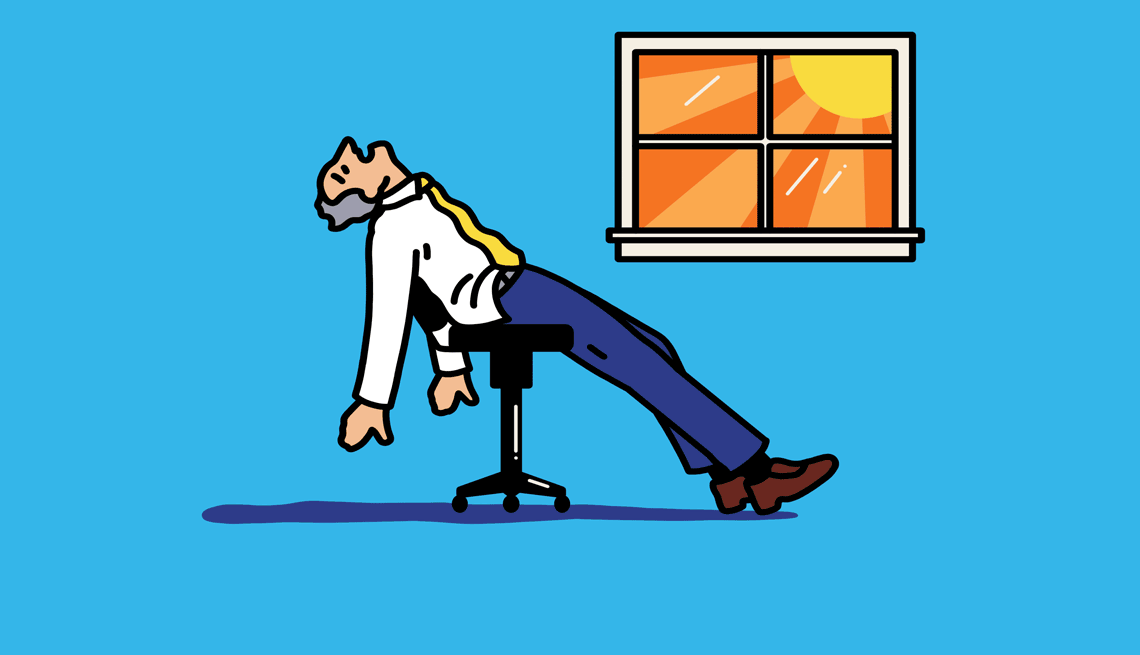The Developer’s Guide to Navigating Tech Burnout
What is Tech Burnout?
As a developer, it’s easy to get caught in the rush of deadlines, bug fixes, and feature releases. But in this high-paced, deadline-driven industry, burnout is an ever-growing concern. Tech burnout isn’t just about feeling tired; it’s about a profound sense of emotional and physical exhaustion, often accompanied by a feeling of being stuck or disconnected from the work that used to bring joy. And, unfortunately, it’s becoming all too common in the developer community.
In this guide, we’ll dive deep into understanding burnout, how to recognize it early, and most importantly, how to navigate and recover from it. Let’s take a closer look at what you can do to protect your mental health, regain your motivation, and foster a sustainable career as a developer.
1. Recognizing the Symptoms of Burnout
The first step in preventing or recovering from burnout is knowing when it’s creeping in. Burnout looks different for everyone, but common signs include:
Mental and Physical Exhaustion:
You feel drained all the time, even after a full night’s sleep. Your energy is low, and no matter how much coffee you drink or how long you sleep, it doesn’t seem to help.
Decreased Productivity:
What once took you hours to complete now feels like a huge mountain. Your focus is scattered, and the work that used to feel meaningful now feels like an unending chore.
Feelings of Ineffectiveness:
You may feel like you’re not contributing, or like nothing you do really matters. That sense of “stuckness” can lead to a lack of motivation, even for tasks that once excited you.
Apathy Towards Work:
When you stop caring about your projects or your team, it’s a clear warning sign. You might find yourself constantly daydreaming, avoiding tasks, or simply “going through the motions.”
Physical Symptoms:
Burnout can manifest physically with symptoms like headaches, trouble sleeping, or stomach issues. It’s your body’s way of signaling that something’s wrong.
2. The Causes of Developer Burnout
Understanding the root causes of burnout is essential for both prevention and recovery. For developers, some common culprits include:
Unrealistic Expectations:
Tech companies and startups often thrive on tight deadlines and rapid innovation. But when expectations outpace your bandwidth, it’s easy to feel overwhelmed.
Imbalance Between Work and Life:
Long hours at the computer, always being “on” (even after hours), and a lack of downtime can slowly erode your mental health. Without healthy work-life boundaries, burnout is almost inevitable.
Lack of Recognition:
In fast-moving tech environments, it’s easy to feel invisible. If your hard work is constantly overlooked, it can feel disheartening and demotivating, contributing to burnout.
Monotony and Lack of Challenge:
Working on repetitive, unchallenging tasks can drain your passion for coding. Without an opportunity for growth, developers can feel disconnected from the purpose of their work.
Imposter Syndrome:
Constantly feeling like you’re not “good enough” or “faking it” can be mentally exhausting. Imposter syndrome often stems from perfectionism, and in tech, it’s a common issue, especially among high-achieving individuals.
3. Steps to Prevent and Recover from Burnout
Now that we understand what burnout looks like, let’s talk about how you can manage it. Here are some actionable steps you can take to safeguard your well-being and regain a sense of balance:
1. Set Healthy Boundaries
It’s crucial to draw clear lines between work and personal time. Set specific working hours and make sure to disconnect after hours. This doesn’t mean you should never work overtime (sometimes it’s unavoidable), but you should consistently schedule time for yourself away from work.
- Action Tip: Turn off Slack or email notifications after work hours to avoid the temptation of checking them.
2. Prioritize Breaks (and Take Vacations!)
A burnout recovery strategy starts with regular breaks throughout the day. Studies show that working for extended periods without rest leads to a decrease in cognitive performance. A simple 10-minute walk can refresh your mind.
- Action Tip: Practice the Pomodoro Technique—work for 25 minutes, then take a 5-minute break. After four “Pomodoros,” take a longer 30-minute break.
And don’t forget to take real vacations. Time away from your computer is essential for mental recovery.
3. Manage Your Workload (Don’t Be Afraid to Say “No”)
It’s tempting to say “yes” to every task, but when your plate is already full, saying “yes” to new projects or responsibilities can be detrimental. Be honest with yourself and others about your capacity.
- Action Tip: Use a task management system (like Trello or Notion) to visualize your workload. Prioritize based on deadlines and importance, and don’t be afraid to push back when you’re overloaded.
4. Seek Support From Your Team
You’re not in this alone. Having a supportive team can make a huge difference. Whether it’s through open communication, mentoring, or sharing workloads, don’t hesitate to lean on your colleagues. Often, simply talking about your struggles can provide relief.
- Action Tip: Set up regular check-ins with your manager or team lead. These can help gauge expectations, identify potential bottlenecks, and reassign tasks if necessary.
5. Embrace Lifelong Learning
One of the best ways to combat burnout is by continuously expanding your skills. If you feel unchallenged or bored, consider exploring new technologies or building side projects that ignite your passion.
- Action Tip: Set aside 30 minutes a day or a few hours on weekends to explore a new language, framework, or tool. This can help you regain a sense of excitement and accomplishment in your work.
6. Focus on Physical Health
Your physical well-being directly impacts your mental health. Regular exercise, a balanced diet, and adequate sleep can do wonders for reducing stress and improving mood. It’s easy to skip the gym when deadlines are tight, but staying active will help you handle stress better in the long run.
- Action Tip: Commit to a daily movement routine. Whether it’s yoga, walking, or a gym session, find an activity that fits your schedule and helps you de-stress.
4. The Importance of Mental Health and Therapy
Mental health should never be overlooked. If you’re feeling consistently overwhelmed, it may be time to seek professional help. Therapy and counseling can offer a safe space to process your emotions, get to the root causes of your burnout, and develop long-term strategies for managing stress.
- Action Tip: Consider speaking with a therapist, even if it’s just for a few sessions. Many therapists offer virtual appointments, making it easier than ever to prioritize your mental well-being.
5. Final Thoughts: Navigating the Long-Term Journey
Burnout is not something that can be solved overnight, but with proactive steps and a mindset shift, it’s possible to not only recover but thrive. By recognizing the symptoms early, managing your workload, embracing healthy habits, and seeking support, you can build a sustainable career that balances passion with well-being.
Remember, you are more than just your code. It’s important to maintain a holistic approach to life that includes personal time, hobbies, relationships, and health. Taking care of yourself will make you a better developer, a better team member, and most importantly, a happier individual.



